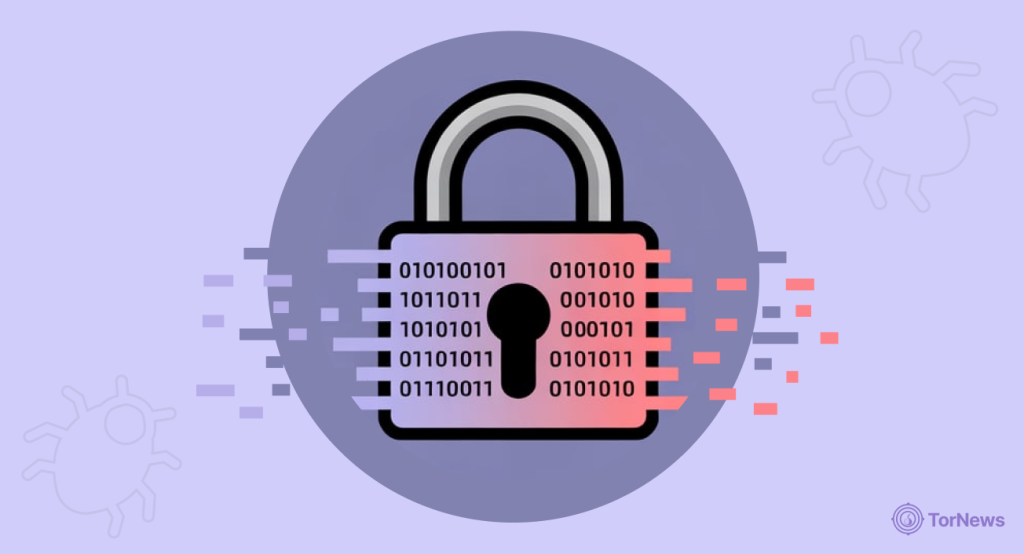-
A new Ransomware-as-a-Service (RaaS) named Monolock appears for sale to cybercriminals on the dark web.
-
The toolkit is highly automated and comes with fast encryption, data theft, and is also able to dodge anti-analysis checks.
-
The operators are recruiting affiliates, lowering the barrier for sophisticated ransomware campaigns.

Monolock, a new and highly automated ransomware toolkit, is now making rounds on dark web forums, available to use for bad actors. The kit lets attackers launch fast, automated attacks with almost no hassle, and that’s got cybersecurity folks worried.
The scary part? These tools used to be complicated, but now just about anyone can use them to cause serious trouble. Its appearance signals a fresh threat to global organizations.
Technical Breakdown: A Powerful and Evasive Toolkit
Monolock is marketed as a complete package for ransomware operations. It offers a suite of automated modules. These cover core functions like privilege escalation. It uses living-off-the-land binaries to blend in with normal system activity.
The toolkit also employs persistent evasion techniques. This includes modifications to Windows registry entries. It can enumerate or delete shadow copies of systems that the bad actors are targeting. This action defeats common strategies that help with disaster recovery. It ensures successful file scrambling.
The package includes advanced anti-analysis features. It performs environmental detection and blocks security processes. Submodules check for virtualized environments and debuggers. This helps it avoid execution that has security sandboxes.
MonoSteal 1.0, which is its file exfiltration module, is built for speed. It claims transfer rates of up to 45 MB/s using asynchronous operations. This rivals other notorious ransomware utilities like LockBit’s StealBit.
Monolock uses hybrid algorithms ChaCha20 and Salsa20 for encryption. It boasts encryption speeds up to 276 MB/s. The kit uses a hex-encoded private key system. This setup blocks unauthorized decryption.
How Monolock’s RaaS Model Works
The operators behind Monolock are actively recruiting affiliates. They seek individuals with experience in malware deployment. Their recruitment posts request skills in managing command and control infrastructures. They also want knowledge of Active Directory traversal.
The program uses a business-like fee structure. Set the registration fee at $250 for the first month. This fee rises to $500 as campaigns ramp up. They promise affiliates custom stubs that are built to evade shellcode detection. They must demonstrate the proficiency of their operation.
The operators seek a 10% share of campaign profits. They positioned this fee as non-negotiable. Contact instructions require PGP public keys. All communications are through encrypted channels. This underscores the group’s focus on operational security.
A Prevalent Threat and How to Stay Protected
Monolock isn’t just another blip on the radar; it’s part of a bigger, nastier trend. Ransomware-as-a-Service is providing the capabilities for even the smallest of criminals to conduct significant attacks.
A good example is MGM Resorts’ ransomware attack, where one event was very costly. Then came the recent exploit of the supply chain of Clorox that disrupted its business. Things like this are not going to stop happening any time soon; if anything, they’re likely getting worse.
So how can you be safe? Simply buying one expensive security product won’t end the discussions. You need to build layers of defense and work as though the threat has already penetrated your network.
Here’s how you survive:
- Offline Backups (test them): If ransomware locks you out of your files, you can use your offline backups to recover them without paying anyone. Just remember to keep your offline backup disconnected from your main network.
- Use Multi-Factor authentication: Wherever possible, especially for remote access and admin accounts. Even if someone were to get a hold of your password, they still can’t get in.
- Patch quickly: Don’t delay your software updates. Hackers love using old and known holes to get inside businesses.
- Train your employees: They act as the first line of security, so make sure they stay educated. Training them regularly helps them distinguish between a phishing email and a threatening email or other ways to scam you.
- Restrict access: Provide individuals with only the access they need to do their job. The less access you give someone to snoop around, the less damage they can cause.
Don’t wait for trouble. Stay ahead of it.